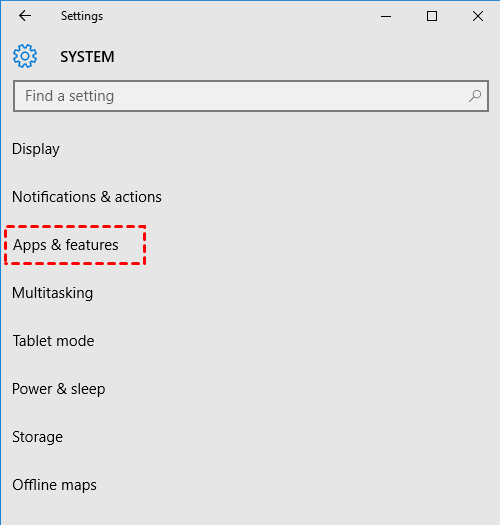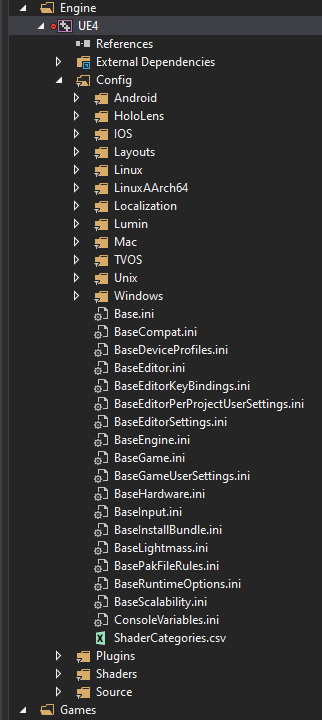

Apps will also use the new location, since they’re designed to use those built-in folders. If you do that, Windows will move those folders and all existing documents. So, if you’re really trying to save space by storing files on another drive (say, if your SSD is on the small side), you’re better off changing the actual location of your built-in folders. You will need to re-create the symlink after that, but considering you don’t get udpates every day, it’s probably worth.Ī: By the looks of it, yes! If you read the blog post I linked above, MS seems to think that’s the way to go now, and you should have bigger drives if you wanted to have to avoid this whole workaround.Changing your default save location creates a new Users folder structure on the new drive and saves all new files there by default. Q: And you only say that now? What do I do then?Ī: A comment added to this answer on StackOverflow seem to imply that you can do the update, and then merge your files manually by copying them into your other drive. Q: Why are you calling your solution “temporarily decent”? It seems perfect.Ī: It turns out that when you install any updates to VS, they will end up in your system drive, since VS updates don’t “understand” symlinks, and in fact remove them.

You will now notice the whole of it (except for things it adds to the registry) will have been installed on your preferred drive.

Simply create a SymLink from the folder where VS “wants” to be installed, to the folder where “you” want to install it. So here’s a “temporarily decent” solution to this problem: While there’s been some conversation on the comments in the blog post aforementioned, none one really seems to have come up with a decent (or at least temporarily decent) solution to the problem. “No good!”, it still wants to use over 2Gb of my C:\ drive, even though I told it to only use my E:\ drive.Īfter a bit of Googling, it it turns out more people have had this same problem, and there’s even been a blog post on MSDN about it.


 0 kommentar(er)
0 kommentar(er)
